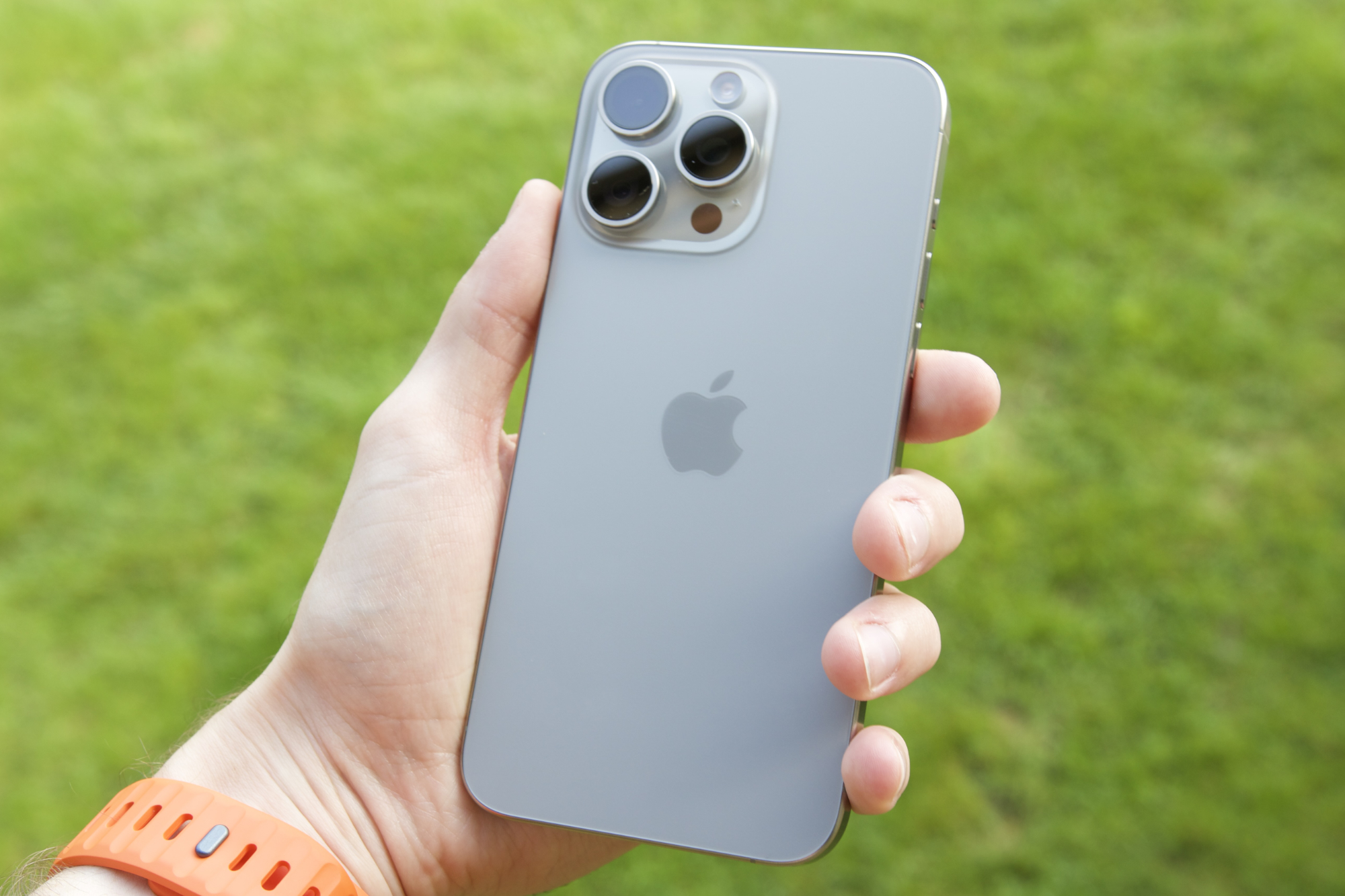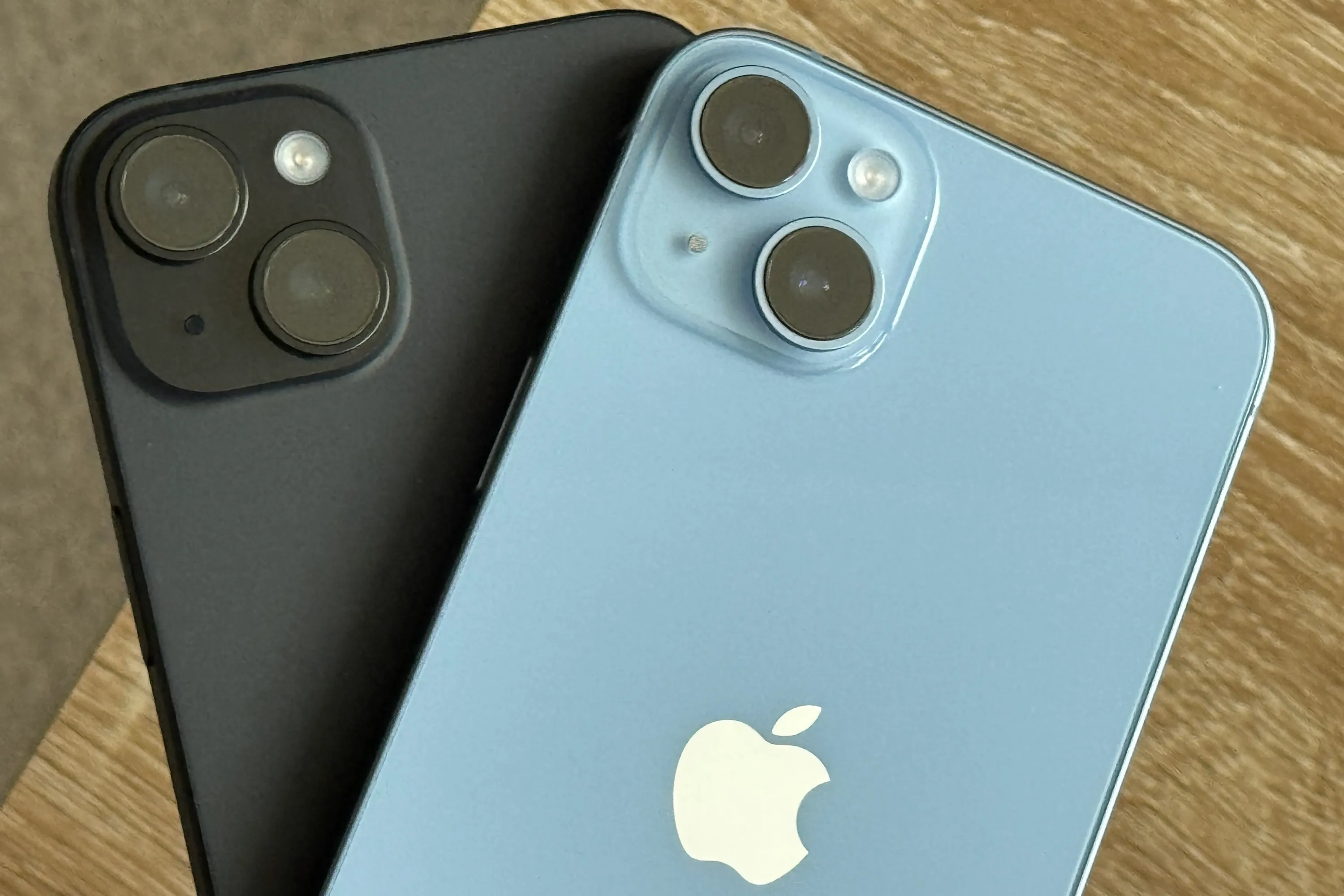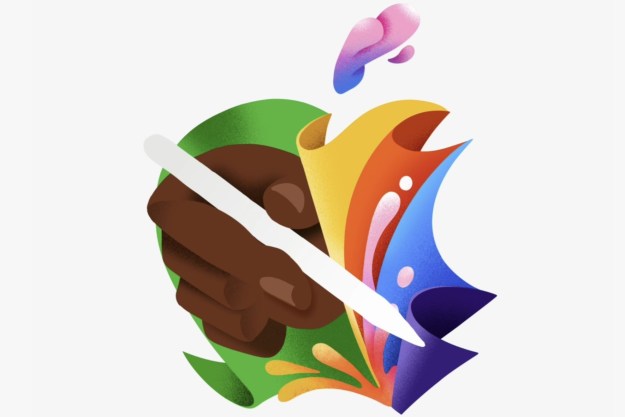
The iPhone 16 likely won’t be here until September, but a new report about the latest from Apple has already raised some concerns. On January 30, Apple analyst Ming-Chi Kuo shared a few tidbits about the upcoming iPhone 16 series — and none of it sounds good.
According to Kuo, Apple has reportedly lowered its 2024 iPhone shipments — including the existing iPhone 15 series and the iPhone 16 later in the year — to 200 million units. That’s still a lot of iPhones, but it’s a decrease of 15% year-over-year compared to 2023. Kuo notes, “Apple may have the most significant decline among the major global mobile phone brands in 2024.”
What’s the reason behind this drastic decrease in iPhone shipments? Kuo reports that the iPhone is facing “structural challenges” that will contribute to the lower shipment numbers. Those challenges include “the emergence of a new paradigm in high-end mobile phone design” plus “the continued decline in shipments in the Chinese market.”

The “new paradigm” Kuo mentions references the rise in folding phones and generative AI tools. Samsung, OnePlus, Google, and Motorola are all big players in the foldable space. Google has touted AI features on its Pixel phones for years, while Samsung is going all-in on AI on the Galaxy S24 with its new Galaxy AI platform. And that AI push is seemingly working. As Kuo writes, “Samsung has revised up the shipments of the Galaxy S24 series in 2024 by 5% to 10%, while Apple has revised down the shipment forecast of iPhone 15 in 1H24.”
As for the decline in China, Kuo says the main reason for this is “the return of Huawei and the increasing preference for foldable phones among high-end users as their first choice for phone replacement.”
To make matters worse, all of this is happening among rumors of the iPhone 16 and iPhone 16 Pro being incremental updates to their iPhone 15 and iPhone 15 Pro counterparts. We’ve heard rumors of upgraded camera specs and slightly modified designs, but 2024 will likely be a quiet year for the iPhone — especially compared to its competition.

Kuo doubles down on this in his report, writing, “It is expected that Apple will not launch new iPhone models with significant design changes and the more comprehensive/differentiated GenAI ecosystem/applications until 2025 at the earliest. Until then, it will likely harm Apple’s iPhone shipment momentum and ecosystem growth.”
Apple will likely still sell a lot of iPhones this year, and the iPhone 16 series will almost certainly be well-received devices. There’s also no confirmation that Kuo’s predicted 15% decrease will happen. However, there’s also the fact that Apple can only remain so safe with the iPhone before people start looking at other options, be it phones that fold or have fancy AI tricks. If the iPhone 16 doesn’t have an answer to those things, it looks like it may have a real, tangible impact on Apple — and one that won’t feel good.
Editors' Recommendations
- Are you having iPhone alarm problems? A fix is coming soon
- iPhone 16: news, rumored price, release date, and more
- I can’t wait for Nothing to launch this stunning phone
- Apple is about to do the unthinkable to its iPads
- AirTags range: here’s how far the tracker can reach



